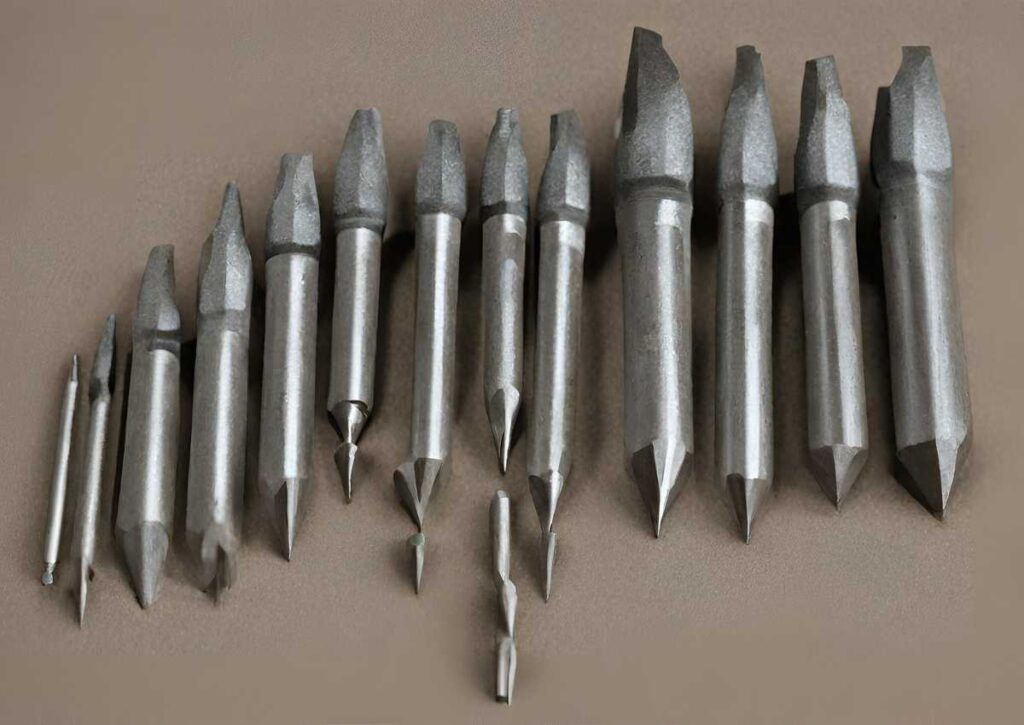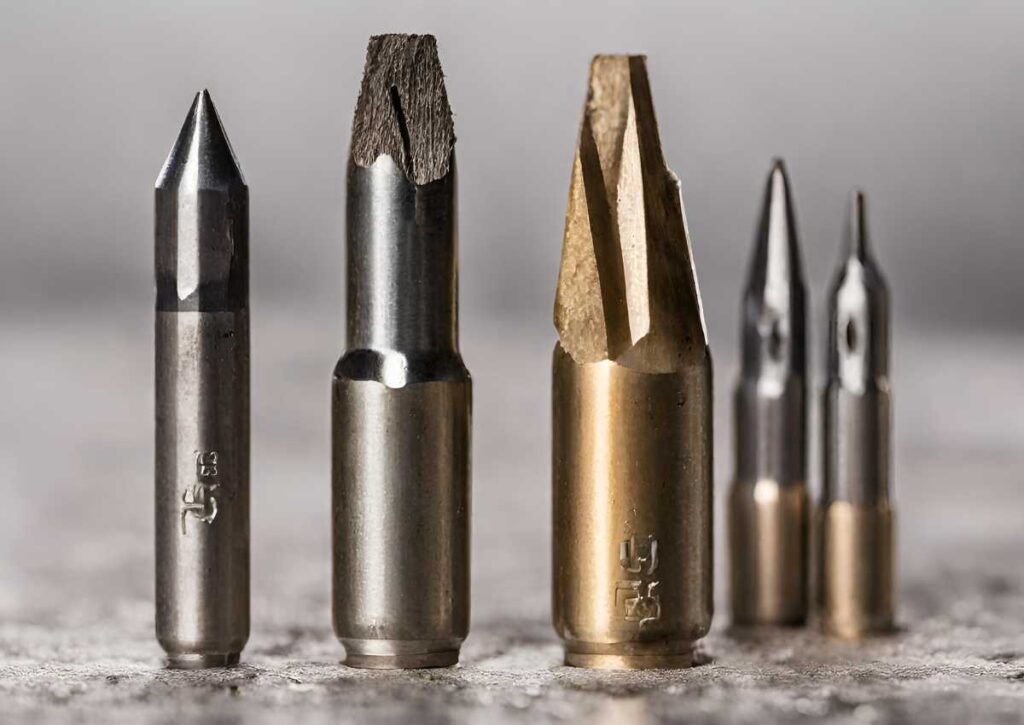When it comes to DIY projects or professional tasks that involve drilling, the choice of drill bits can make a big difference.
Two popular options, the 118-degree and 135-degree drill bits, often spark a debate among enthusiasts.
The 118 vs 135 Drill Bit comparison centers on the versatility of the 118-degree bit for general tasks and the 135-degree bit’s prowess in drilling harder materials with its sharper angle.
Let’s get into the heart of the matter to understand their differences and figure out which one might suit your needs better.
What is the 118-drill bit?
The 118-degree drill bit stands as a prevalent choice in drilling applications, renowned for its exceptional versatility.
This bit is a reliable companion across various materials, making it the prime choice for a multitude of drilling tasks.
With its point angle fixed at 118 degrees, this bit exhibits compatibility with an extensive array of surfaces, rendering it an indispensable tool found in numerous toolboxes.
What is the 135-drill bit?

Conversely, the 135-degree drill bit is meticulously designed with a sharper, more acute angle at its tip.
This unique feature positions it as an expert in drilling through notably tougher materials, such as stainless steel.
The inherent sharpness of the point enhances its ability to penetrate surfaces effortlessly, diminishing the requirement for excessive pressure during the drilling process.
What Makes 118 vs 135 Drill Bit Different

The 118 drill bit and the 135 drill bit are different in a number of ways.
Both are very famous and used by many people, but they are different in ways that make them better for different drilling tasks.
We’ve talked about the main ways that the 118 and 135 drill bits are different.
The stuff
The 118 drill bit can be used on metal and wood, which are both soft materials.
You can use them on steel and other hard things, but the drill bit will wear out faster and become less useful. That means the 118 drill bit should be used on things that are okay.
But it is known that the 135 drill bits work better with things that are harder to work with. They work great with stainless steel and can be used for a long time and to make a lot of holes.
Form
Another big difference between the 118 and 135 drill bits is their shape. The 118 drill bit has a more angular form, which makes it steeper.
Because the cutting slope is straight, they are less dull than the 135 drill bit.
But the 135 drill bit isn’t as sharp because its tip isn’t as pointy. But because it is more accurate, it does work better with harder things.
Make your pitch
Most people can see that they are different in this way. Another difference between the 118 and 135 drill bits is their pitch.
That means it’s better for builders who need to work with strong and long-lasting materials.
The 135 drill bit is also great for drilling holes over and over again and even on materials that won’t bend. The 118 drill bit is better for working in soft materials because it has less pitch.
The Very Edges
Looking at it this way, the shorter point angle makes the cutting edge longer. This means that the 118 drill bit has longer cutting edges than the 135 drill bit because it has a smaller angle.
Drillers who have done it before know that a longer drilling edge keeps working better when cutting. By this measure, the 118 drill is better because it is more cutting edge.
A chisel
The 118 drill bit has a small knife and is stronger when it comes to drilling a hole.
The 135 drill bit, on the other hand, has a longer chisel that is better for making holes quickly and repeatedly.
Which one should I choose, the 118-drill bit or the 135-drill bit?

Your choice ultimately depends on your specific drilling needs. Consider the materials you’ll be working with and the nature of your projects.
For a wider range of applications and general use, the 118-degree bit remains a solid, all-purpose option.
If your projects mainly involve harder surfaces like stainless steel or require precision drilling, investing in the 135-degree bit could be a wise decision.
Its specialised design caters to these needs, providing efficiency and accuracy.
Conclusion
In essence, both the 118-degree and 135-degree drill bits have their own advantages based on the materials and tasks at hand.
The 118-degree bit is your trusty, versatile companion, while the 135-degree bit tackles tougher surfaces with ease.
Consider having both in your toolkit for a comprehensive drilling solution that allows you to tackle a variety of projects efficiently.
Knowing their differences empowers you to choose the right bit for the job, ensuring smoother drilling experiences and top-notch results.
Related post: Are Drill Bits Universal
FAQs
What is the purpose of a 118-degree drill bit?
The 118-degree drill bit is versatile and works well on a wide range of materials, making it a go-to choice for general drilling tasks.
When should I use a 135-degree drill bit?
A 135-degree drill bit, with its sharper point, is best suited for drilling into harder materials like stainless steel due to its enhanced cutting performance.
How does the point angle of a 118-degree drill bit affect its performance?
The 118-degree point angle allows the drill bit to work effectively on various surfaces, making it suitable for many different materials.
What makes the 135-degree drill bit suitable for tougher surfaces?
The sharper angle of the 135-degree drill bit enables better penetration into harder materials, reducing the need for excessive pressure during drilling.
Can a 118-degree drill bit handle different materials?
Yes, the 118-degree drill bit is known for its versatility and capability to work well across a variety of materials, making it a popular choice for general drilling tasks.
Also Read
What Size Drill Bit For 10 Screw









